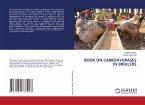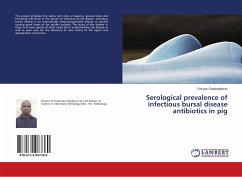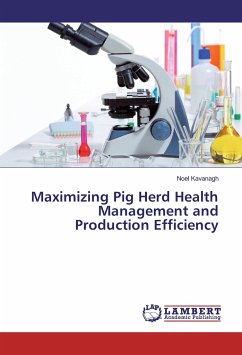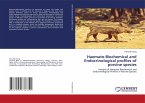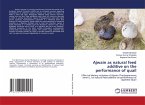This book compares the efficacy of chemical and surgical castration on the growth performance and carcass characteristics of male LWY pigs in Mizoram. Twenty-four LWY pigs were divided into three groups (C, T1, T2) and castrated at 2 months old. Their growth, feed intake, testicular measurements, testosterone levels, and carcass characteristics were monitored until slaughter at 8 months. Group T1 showed significantly higher body weight and average daily gain (ADG) compared to C and T2. Feed conversion efficiency (FCE) was better in T1, while chemical castration (T2) resulted in a higher dressing percentage than surgical castration. Sensory evaluation found no significant differences. The study concludes that chemical castration could be a viable alternative to surgical castration.
Bitte wählen Sie Ihr Anliegen aus.
Rechnungen
Retourenschein anfordern
Bestellstatus
Storno


